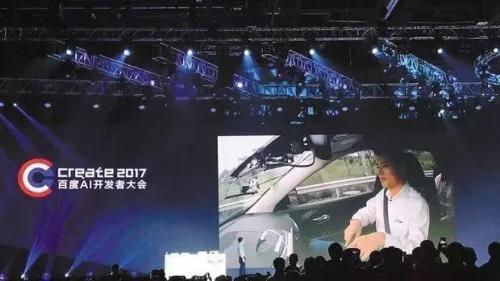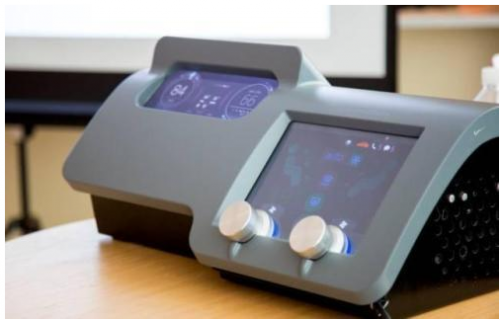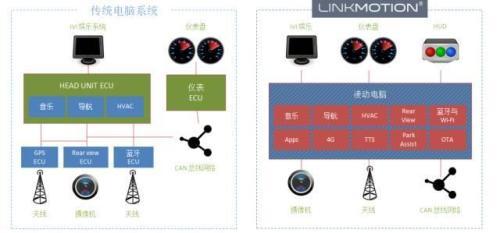Over the past few years, the rapid development of software algorithms, communication technologies, and hardware computing power has sparked a major transformation in artificial intelligence research. Among these advancements, smart traffic has emerged as a key application area, significantly influencing how people travel.
Apple CEO Tim Cook recently acknowledged that the company is actively exploring autonomous driving technology. He stated, “Autonomous driving is almost the core of all Apple AI projects. It's one of the most challenging areas, but it also brings a lot of excitement. We're eager to see where this will take us in the future.â€
This highlights that intelligent connected vehicles are becoming a major trend, reshaping the entire automotive industry. The future of cars is not just about transportation—it's about redefining mobility itself.
Recently, NetQin held a seminar in Beijing on "Intelligent Vehicle System Security Technology and Intelligent Transportation Change." Wang Hongming, director of NetQin’s marketing, compared the rise of smart cars to the mobile internet revolution driven by smartphones. Just as phones evolved from simple communication tools into multifunctional digital devices, smart cars are undergoing a similar transformation.
With advances in networking, onboard computers, and AI, cars are no longer just vehicles—they are becoming intelligent platforms. From manual driving to full automation, AI is making driving less necessary while enhancing safety and efficiency. In the future, cars could serve as mobile offices or entertainment centers, offering new digital experiences.

Driverless technology is closer than we think. At the recent Baidu AI Developers Conference, Li Yanhong personally drove an autonomous vehicle to the event, showcasing Baidu’s Apollo Plan. Meanwhile, companies like Google and Tesla are also pushing the boundaries of self-driving tech.
The automobile industry is undergoing a significant transformation. As the role of smart cars evolves, so does the entire supply chain. Traditional components like engines and gearboxes may be phased out, replaced by electric motors, battery systems, and advanced networked applications.
Internet companies such as Baidu, Google, and Apple are entering the automotive space, bringing their expertise in AI, deep learning, and sensor technology. While traditional automakers are gradually shifting toward autonomous driving, these tech firms are aiming for full autonomy from the start.
As the industry transforms, the structure of the automotive supply chain is also changing. Smart cars now involve five layers: car manufacturers, Tier 1 suppliers, internet technology companies, ADAS providers, and component suppliers. This shift has created new opportunities and challenges for all players involved.
However, there remains a technological gap between traditional automakers and tech companies. While the former excel in vehicle safety and mass production, the latter bring strengths in AI algorithms and user interaction. Bridging this gap requires a strong integration of hardware and software to ensure high security and stability in future vehicles.

Today’s smart cars rely on numerous independent electronic modules to process environmental data, make decisions, and execute actions. This complexity increases the risk of system failures. To address this, integrated systems that combine multiple components have become essential for improving reliability and performance.

Traditional car companies need to embrace AI and digital transformation, while tech startups must test their ideas through real-world products. Collaboration across the supply chain is crucial. No single player can dominate the market alone—only vertical integration can drive the industry forward.
To bridge the gap between different sectors, a "lubricant" is needed—one that accelerates the integration of hardware and software. Atom’s integrated system platform helps achieve this by supporting various environments and security levels, enabling smoother transitions from lab to production.
Additionally, integrated ECUs help resolve the mismatch between slow hardware updates (every 5–10 years) and frequent software updates (weekly). By separating software and hardware, OTA updates become possible, and modular design allows for easier hardware upgrades.
Companies like NetQin play a vital role in this ecosystem. Though they don’t manufacture cars, they provide comprehensive ECU solutions, acting as a bridge between traditional automakers and tech innovators. Their contributions are essential in accelerating the transition to a smarter, more connected automotive future.
Although fully autonomous vehicles are still in development, with continued technological progress and better integration across the industry, we can expect to see them become a reality within the next two decades. This evolution will reshape the way we travel forever.
Flat Wire Common Mode Inductors
Flat Wire Common Mode Inductors,Vertical Low Profile Common Mode Inductors,Horizontal Flat Wire High Current Inductor,Flat Copper Wire Common Mode Inductors
Shenzhen Sichuangge Magneto-electric Co. , Ltd , https://www.scginductor.com